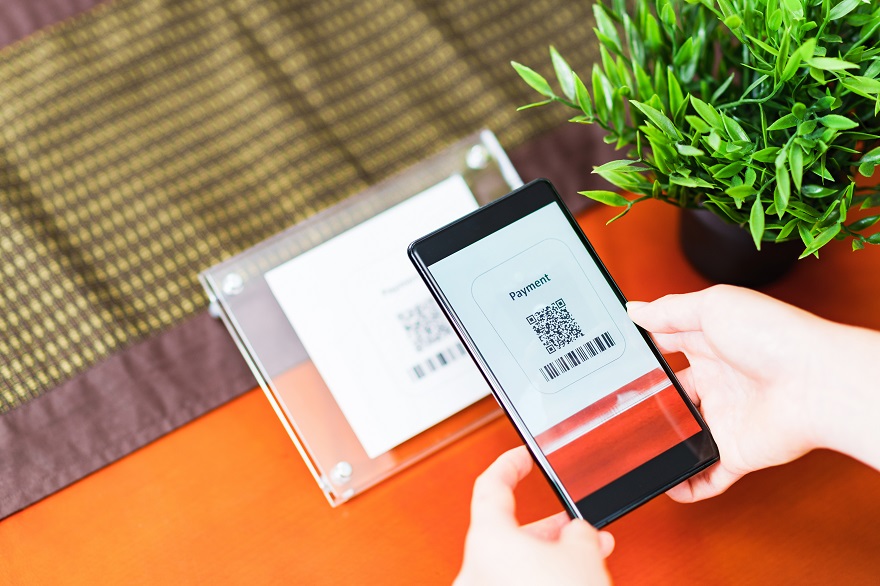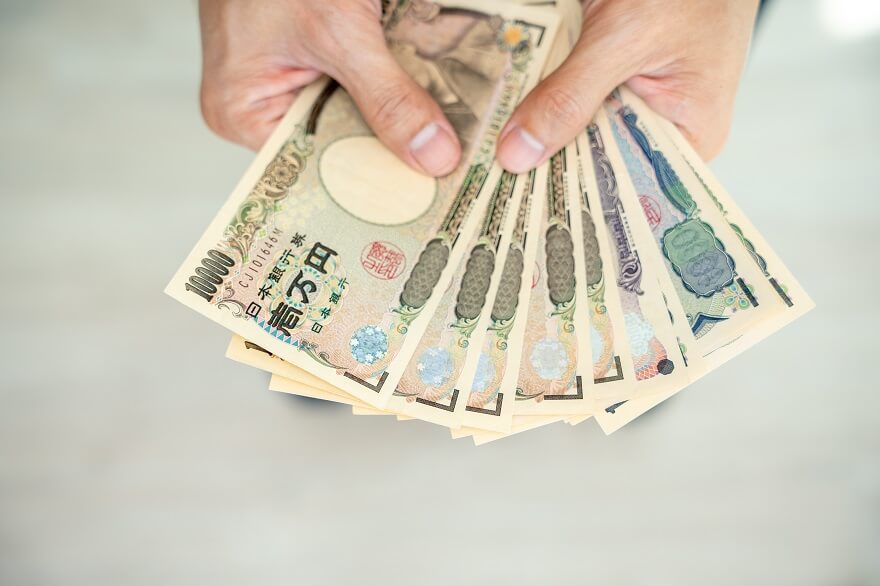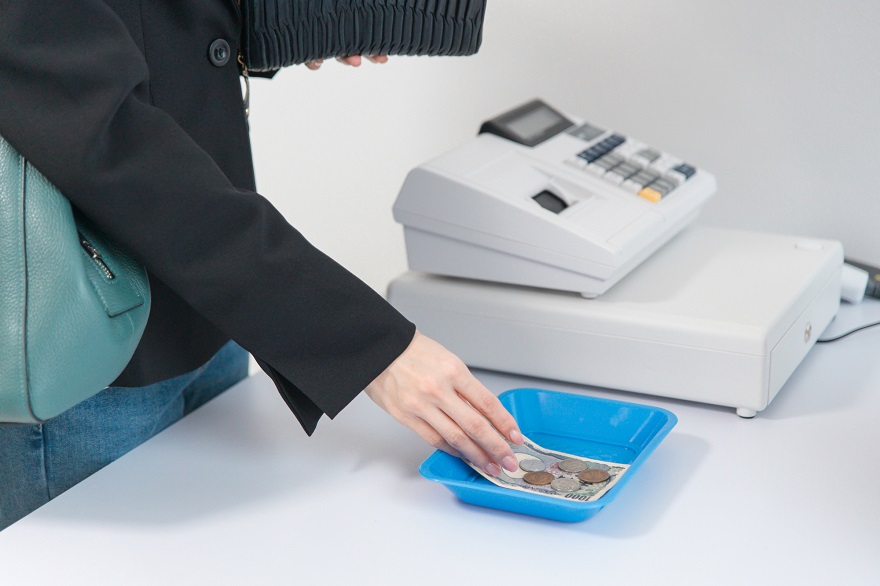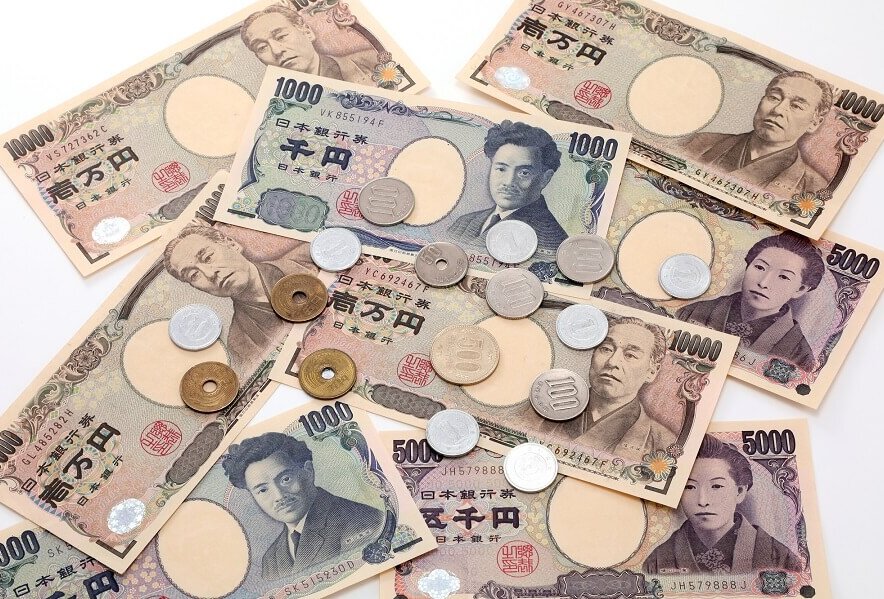When you prepare to explore the Land of the Rising Sun, understanding currency and payment methods here can help you avoid unnecessary trouble during your trip.
In this article, we will explore Japanese currencies and main payment methods in Japan to help you have a smooth and memorable travel journey in this country.
Japanese currencies
Japan uses the currency unit Yen (¥), symbolized as JPY (Japanese Yen).
Japanese money includes paper money and coins, of which there are 4 types of banknotes and 6 types of coins.
- 4 types of banknotes: 10,000 yen, 5,000 yen, 2,000 yen and 1,000 yen.
- 6 types of coins: 500 yen, 100 yen, 50 yen, 10 yen, 5 yen and 1 yen.
Banknotes
10,000 yen

The 10,000 yen note in Japanese is called “Ichiman En” (一万円).
On the front side is a portrait of Eiichi Shibusawa, who is said to be the “creator of modern Japanese society” and was involved in founding 500 companies during his lifetime.
On the reverse side is the Marunouchi Station Building of Tokyo Station, a historical building that has been designated as an “Important Cultural Property”.
5,000 yen

The 5,000 yen note in Japanese is called “Gosen En” (五千円).
On the front side is a portrait of Umeko Tsuda, a lifelong educator who worked to improve the status of women and female education.
On the reverse side is a picture of Fuji flower.
2,000yen

The 2,000 yen note in Japanese is called “Nisen En” (二千円). The 2,000 yen note is relatively rare and uncommon in daily transactions in Japan.
On the front side is the Shurei-mon gate of Shuri Castle in Okinawa.
On the reverse side is a scene from “The Tale of Genji” with an image of author Murasaki Shikibu.
1,000yen

The 1,000 yen note in Japanese is called “Issen En” (一千円).
On the front side is a portrait of Dr. Shibasaburo Kitasato, a bacteriologist who developed methods for preventing and treating tetanus and is known as the “father of modern Japanese medicine”.
On the reverse side is the famous work “The Great Wave off Kanagawa” from “36 Views of Mount Fuji” by Edo period Ukiyo-e artist, Katsushika Hokusai.
Coins
500yen

The 500 yen coin in Japanese is called “Gohyaku En” (五百円).
On the front side is a picture of a Kiri tree (Paulownia), on the reverse side is a picture of bamboo leaves and Tachibana leaves.
100 yen

The 100 yen coin in Japanese is called “Hyaku En” (一百円).
On the front side is a cherry blossom (Sakura) image.
50 yen

The 50 yen coin in Japanese is called “Gojū En” (五十円).
On the front side is a picture of chrysanthemum.
10 yen

The 10 yen coin in Japanese is called “Jū En” (十円).
On the front side is the Hall of the Phoenix in Byōdōin Temple, on the reverse side is evergreen leaves.
5 yen

The 5 yen coin in Japanese is called “Go En” (五円).
On the front side is a rice flower – symbolizing agriculture, a gear (surrounding the round hole) – symbolizing industry and water (the dashes below the coin) – symbolizing fisheries.
On the reverse side is a seed leaf.
1 yen

The 1 yen coin in Japanese is called “Ichi En” (一円).
On the front side is a picture of a young tree.
Japanese currency exchange rate today
You can enter numbers in any box below to see today’s Japanese currency exchange rate.
FreeCurrencyRates.comMain payment methods in Japan

Cash
Currently, cash is still the main payment method in Japan, accounting for more than 70% of transactions.
When traveling to Japan, especially in rural areas, always keep about 20,000 ~ 30,000 yen in cash in your wallet. You should not only carry large denominations like 10,000 yen, but bring along 1,000 yen denominations and some coins which will be easier to use.
Don’t worry if you have to carry a lot of cash with you, because pickpockets are very rare in Japan.
IC card
IC card is a smart card with electronic payment function.
In Japan, the most common type of IC card is the Transportation IC card (交通系ICカード).
By pre-loading money onto the card, you can use the card to take public transportation such as trains and buses, as well as to pay at restaurants or convenience stores.
The two most famous types of Transportation IC cards in Japan are called Suica and Pasmo. You can buy them right at international airports or major stations.
- How to buy Welcome Suica card (English)
- How to buy Pasmo Passport card (English)
Credit and debit cards
Credit and debit cards are widely accepted in major cities. You can use them at most hotels, shops, restaurants, shopping malls, supermarkets and many other stores.
QR Code or Barcode
In Japan, the number of locations accepting QR code (or Barcode) payments from other countries is increasing every year.
Popular payment services include:
- Alipay (China)
- Alipay HK (Hong Kong)
- WeChat Pay (China)
- Kakao Pay (Korea)
- Touch’n Go (Malaysia)
- truemoney (Thailand)
- GCash (Philippines)
Usually there will be a sign in front of the store with instructions on accepted payment methods. Checking before entering the store will help you shop more confidently.
How to get cash in Japan

To get cash in Japan, you can (1) Convert foreign currency to yen or (2) Withdraw yen using a credit card.
Convert foreign currency to yen
In Japan, you can exchange foreign currency for yen at international airports, major banks or pawn shops.
- List of currency exchange counters at Narita airport (English)
- List of foreign currency exchange counters at Haneda airport (English)
- List of foreign currency exchange counters at Mizuho Bank (English)
- List of foreign currency exchange counters at Mitsubishi UFJ Bank (English)
- List of foreign currency exchange counters at Daikokuya pawnshop chain (Japanese)
Withdraw yen by credit card
You can also withdraw yen directly at international ATMs using a Credit Card or Cash card issued abroad.
International ATMs are often concentrated in convenience stores or large supermarkets.
The most commonly accepted cards are Visa, Mastercard, UnionPay, American Express, JCB, Discover, Diners Club.
- List of international ATMs of 7 Eleven (English)
- List of international ATMs of Lawson (English)
- List of international ATMs of E.net (English)
Notice when paying in Japan

- When paying in Japan, whether by cash or card, you should not give it directly to the staff but should put the money (or card) in the tray on the counter.
- There is no tipping culture in Japan. Therefore, when taking a taxi or shopping and are given change, please accept it in full.
- In shopping malls or convenience stores, product prices are often displayed before tax. You need to add 10% consumption tax to know the total amount you need to pay.
Conclusion
Japanese money includes paper money and coins, of which there are 4 types of banknotes and 6 types of coins.
- 4 types of banknotes: 10,000 yen, 5,000 yen, 2,000 yen and 1,000 yen.
- 6 types of coins: 500 yen, 100 yen, 50 yen, 10 yen, 5 yen and 1 yen.
In Japan, cash is the main payment method, but in recent years, the trend of cashless payments has gradually become popular.
In big cities or shopping centers, you can pay with an international credit or debit card, or you can also pre-load money onto a Transportation IC card to make traveling and payment easier.
Use a combination of different payment methods to make your exploring and shopping experience in Japan more enjoyable and convenient.


Comment